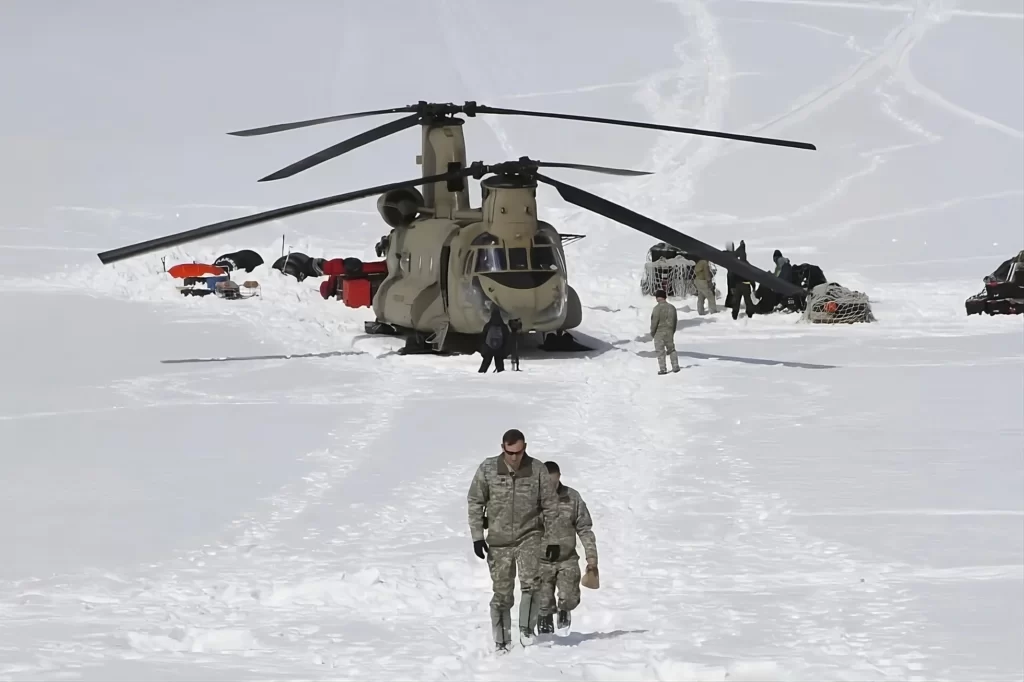In response to the increasing cooperation between China and Russia in the Arctic, the U.S. Army has activated its new Arctic Aviation Command stationed at Fort Wainwright, Alaska. To bolster this new unit, the U.S. Army has decided to reassign two helicopter battalions, previously stationed on the West Coast and in the Hawaiian archipelago, to report to the commanders of the 11th Airborne Division in Alaska. This move aims to enhance the effectiveness of the U.S. response to future incursions in its Air Defense Identification Zone (ADIZ).

The official activation of the new Arctic Aviation Command occurred on the 8th day of this month, with both reassigned units already present: the 25th Regiment of the 1st Aviation Battalion (operating Apache helicopters) and the 52nd Regiment of the 1st Aviation Battalion (operating Chinook helicopters). These units were previously deployed from Fort Shafter and Joint Base Lewis-McChord.
Colonel Russ Vanderlugt, the new commander of the unit, stated to the specialized media Task & Purpose: “Many forces will pass through Alaska. Our presence here puts the 11th Airborne Division’s aviation resources at the forefront to reach any location quickly… It is strategic. It is intentional that we are increasing this capability here.”

A recent incident in late July serves as a close antecedent to the increased provocations by China and Russia in Alaska’s ADIZ, which appears to be a major factor behind this development. On that occasion, a Chinese People’s Liberation Army Air Force H-6 strategic bomber entered the zone alongside other Russian aircraft (which have a history of such missions), prompting a swift interception operation by U.S. and Canadian F-16, F-18, and F-35 fighters under NORAD coordination.
Operating in a Hostile Climate
Although the relocation of both battalions has been completed, their helicopters have not yet been modified to operate in Alaska’s extreme climates and surrounding areas. The U.S. Army has already begun outfitting these helicopters, including installing heating systems inside the aircraft, large skis as landing gear, and windshields for exposed gunners.

The affected crews are also undergoing training to operate in the new extreme cold environment they will be protecting. Colonel Vanderlugt noted: “That will be a big goal for me as a commander because what is really important is that during the Arctic night, when the sun doesn’t even rise in many parts of Alaska, you have to go out. You can’t just go to the weight room or the gym; you have to go out and engage in these Arctic activities in the cold (referring to skiing) and that helps you acclimate.”
At the same time, the force is redesigning its logistical structure at the selected base to keep the newly arrived battalions well-supplied. Supplies such as fuel and batteries, communications, and even training exercises are heavily impacted by the extreme Arctic climate. For example, activities are suspended on days when temperatures drop below -40 degrees, as aircraft and vehicle fuel freezes, making the work of stationed personnel extremely challenging.
Images used for illustrative purposes
You may also like: After two years, U.S. Air Force B-2s arrive in Australia as part of a new Bomber Task Force deployment









